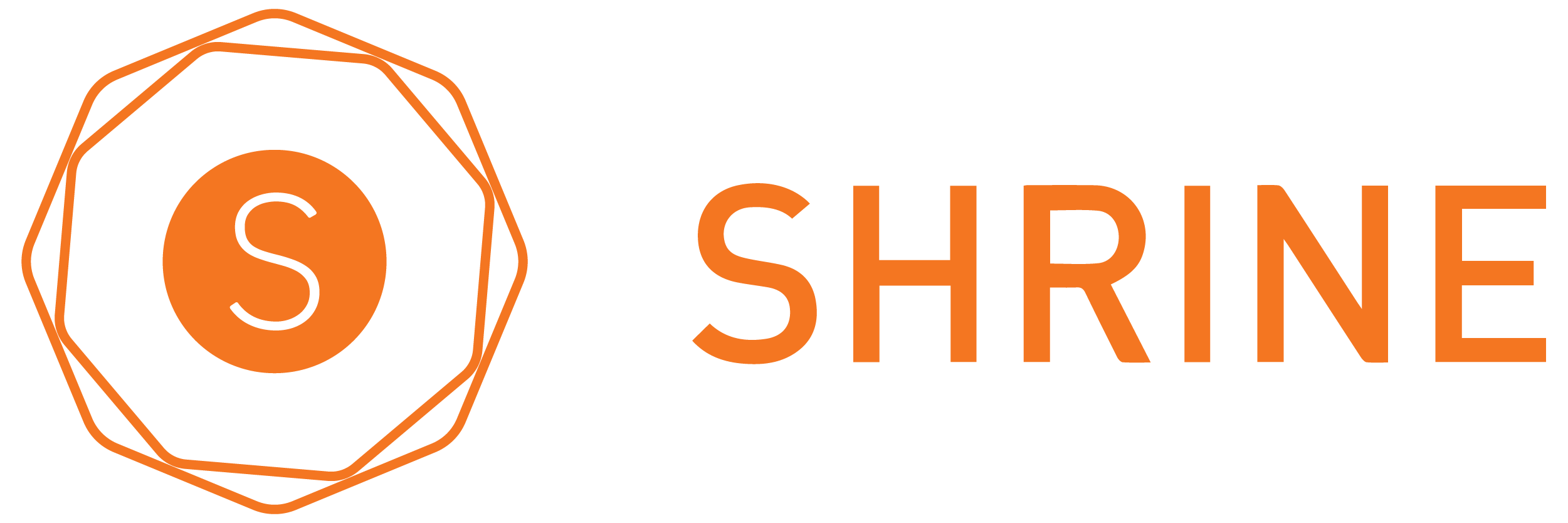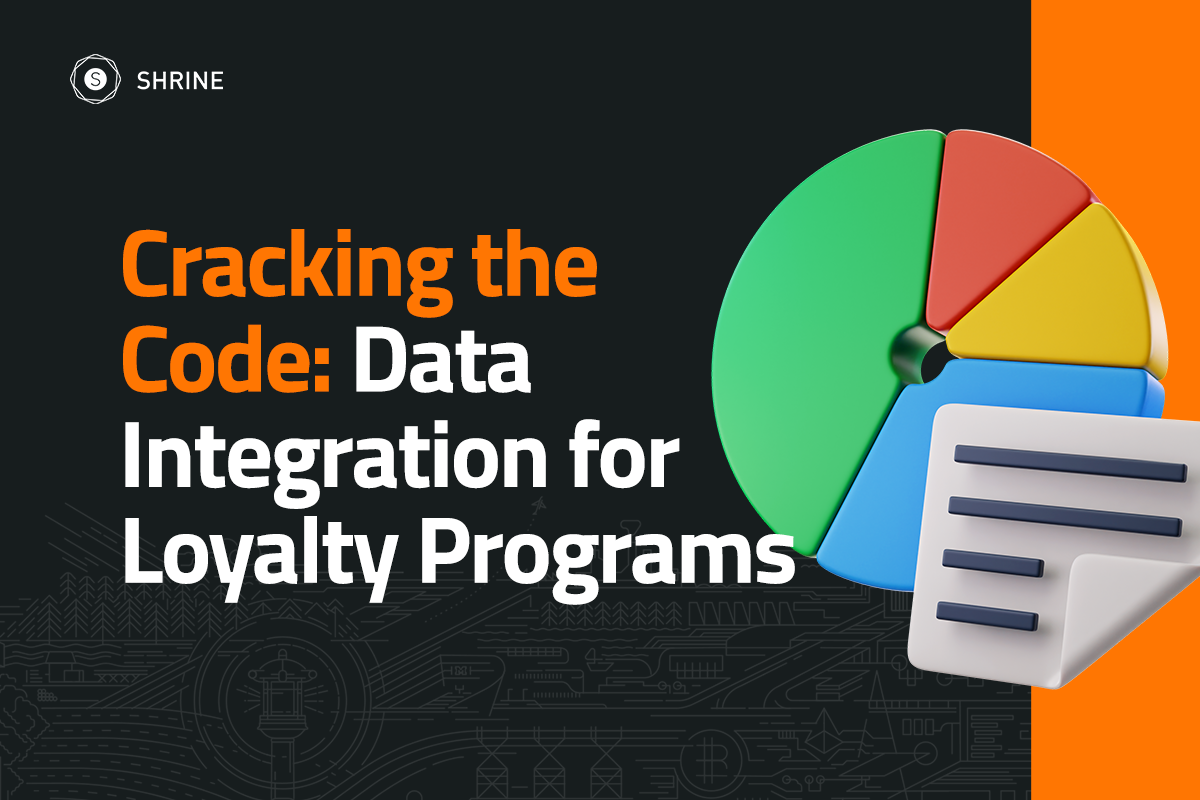Throughout the development and execution of your Software as a Service (SaaS) product, putting proper security protocols into place is critical. Users entrust SaaS providers with sensitive data, and a breach can have severe consequences for both your customers and your reputation.
Fortunately, there are steps you can take to help ensure the security of your software, protecting user data and fostering trust. Here, we provide nine best practices to help strengthen and secure your SaaS product.
- Implement a robust authentication and authorization system. A strong authentication mechanism is crucial to prevent unauthorized access. Implement proper authorization controls to ensure that users can only access the data and functionality they are authorized to use. Incorporate multi-factor authentication to add an extra layer of security.
- Encrypt data at rest and in transit. Encrypting data is a fundamental practice to safeguard sensitive information. Utilize strong encryption algorithms to encrypt data at rest within your databases or storage systems. Similarly, encrypt data during transmission using protocols like SSL/TLS to protect it from eavesdropping or tampering.
- Regularly update and patch software components. Keep your software stack up to date by regularly applying security patches and updates. This includes the operating system, web server, database, and any other software components in your SaaS product’s infrastructure. Promptly addressing vulnerabilities helps mitigate potential security risks.
- Conduct thorough security testing. Identify and address potential vulnerabilities before they can be exploited. Perform security audits and use automated security tools to identify common security flaws.
- Ensure data backup and disaster recovery. Implement robust backup and disaster recovery mechanisms to safeguard your SaaS product and its data. Regularly backup user data and critical system components, and test the restoration process periodically to ensure its effectiveness. Consider using off-site backups or cloud-based backup solutions for added redundancy.
- Educate and train your team. Security is a collective responsibility. Train your teams on security awareness and response protocols. Foster a security-first culture by regularly updating team members on emerging security threats and best practices.
- Implement a Secure Development Lifecycle. Work with a software developer that utilizes security practices throughout the software development lifecycle. A developer can perform threat modeling during the design phase, conduct security code reviews and use static and dynamic analysis tools to identify and remediate security vulnerabilities early in the development process.
- Regularly monitor and audit system activity. Implement robust logging and monitoring mechanisms to detect and respond to security incidents promptly. Have processes in place to monitor user activity, system logs, and network traffic to identify suspicious behavior or anomalies. Perform regular security audits to ensure ongoing compliance and identify areas for improvement.
- Stay up to date on security threats and industry best practices. Stay informed about the latest security threats, vulnerabilities and best practices in the tech industry. Follow blogs and participate in relevant communities to remain proactive in addressing emerging security challenges.




